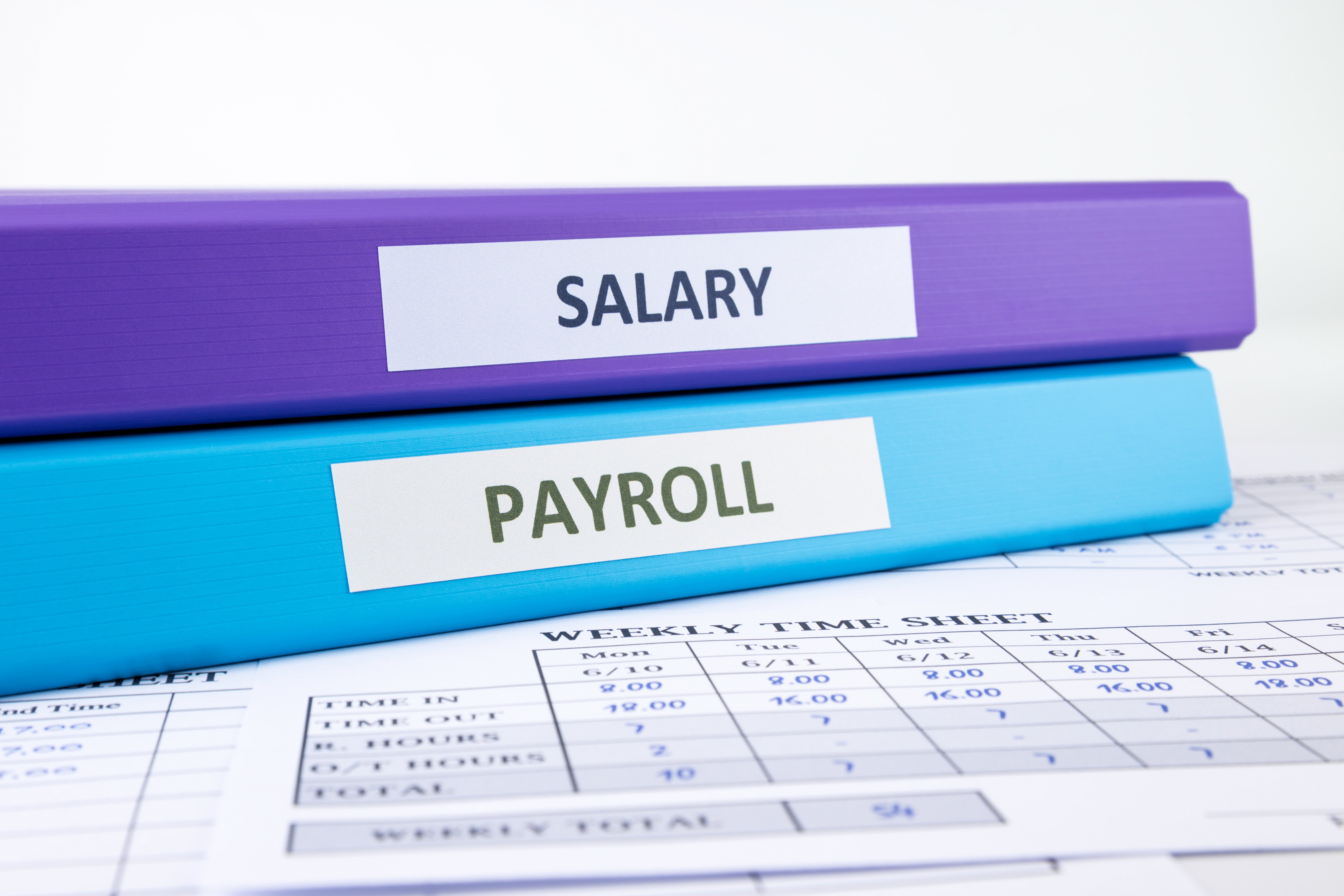Payroll Card Advantages For Employers

Many employers offer payroll cards for their employees. They allow employees to use them just like a credit card. Many companies also have rules that require employees to report lost or stolen cards, as well as unauthorized charges. In addition, payroll cards can be used to withdraw cash from an ATM or bank account. This allows employees to use their own money as needed, even if they're not working. But they should be aware of the fees associated with payroll cards. View here for more details on payroll cards.
Withdrawals from the payroll card are done at a bank teller, and the bank processes the transaction as if it were a credit card. Bank personnel will run the payroll card through the normal authorization process and may ask for identification before releasing funds. Withdrawals are free at most banks, although some credit unions and other financial institutions don't accept payroll cards. In addition, if you don't have a bank with which to withdraw funds, you can use any full-service bank.
In addition to fees, payroll cards typically charge monthly maintenance fees for certain transactions. Monthly account maintenance fees can be as much as $5.95, while replacement fees for lost or stolen cards can cost up to $9.95. Fees for out-of-network ATM usage are generally much higher than those associated with traditional checking accounts. When considering a payroll card, be aware of the costs and determine whether or not it's a good idea for your company. Some payroll cards have exorbitant fees that could make living on minimum wage difficult.
Another benefit of payroll cards is that they reduce the need for paper checks. They save employees time and money because paper checks are no longer required. Also, paycards can be issued to family members, so you'll be able to shift funds around easily. Employers can benefit from these cards as well, as they can save money when processing payroll by reloading them at the bank. In addition, employers can avoid the costs associated with paper checks and lost checks by using payroll cards. These savings can add up over time.
Another advantage of payroll cards is that they're backed by the FDIC. Because they're backed by the FDIC, payroll cards offer greater protection against fraud and theft. It also saves companies money on processing, postage, and other fees associated with paper checks. Payroll cards can also be used to receive electronic pay receipts. In addition to this, they also offer a digital delivery method for employees, making it more convenient for both employers and employees.
While payroll cards are not yet commonplace, the trend is growing. In fact, a study by Mercator Advisory Group estimates that loads on payroll cards totaled $40.3 billion in 2017 and is projected to increase to $50.9 billion by 2021. In many states, employers are obligated to offer other payment options for employees to choose from. However, the report also points out that employers cannot mandate the use of payroll cards, even if they offer them as an option to employees. You can get more enlightened on this topic by reading here: https://en.wikipedia.org/wiki/Salary.
